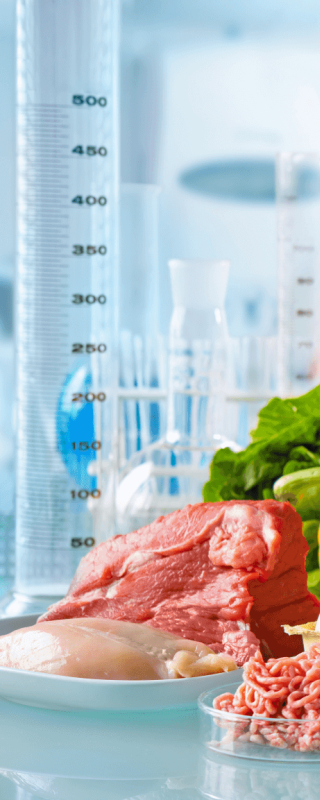
Ensuring food safety
Food safety practices are intended to minimize the microbiological hazards associated with fresh produce. It is a very important topic: people can get sick or can even die due to food poisoning. Moreover, food safety issues can have a long-term impact on trade and consumer confidence and thus have a major impact on the fresh industry. Prevention of dirt, cleaning and sanitation are part of the daily packhouse operations. Sanitizers and disinfectants can be used, but always according to regulations. The same applies to the use of agrochemicals.
Directly to
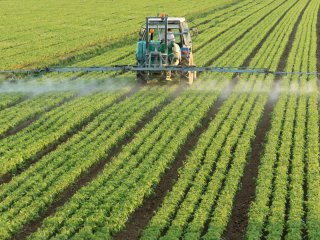
Food safety regulations
A number of practices, policies and procedures are required by regulation to ensure food safety of the product. These must, of course, be followed. Some examples are given here. For example, the use of agrochemicals (e.g. fungicides) is strictly regulated. Globally, authorities set very strict limits on pesticide residues. Residues are measurable traces of pesticides on harvested food crops. These are usually very low and pose no danger. However, to check this, food samples are taken for analyses of pesticide residue levels. These levels must be lower than the prescribed MRLs (Maximum Residue Levels). Besides, in the EU, traceability is mandatory in all food chains. This means that one must always be able to trace the route and history of a product in production and distribution chains. Each company must also have procedures for proper cleaning and sanitation. These can be part of programmes that focus on food safety, such as GLOBALGAP and HACCP.
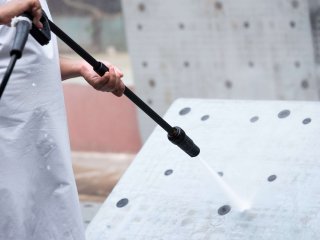
Cleaning
Cleaning removes dirt and organic matter from surfaces. The surface should be brushed or rinsed to remove visible dirt and debris. Also high pressure water may be used to remove debris from bins or other surfaces. The grading line deserves a lot of attention. Brushes, rollers, and places under fans or blowers are sites where debris can easily build up. Soap or detergents can be used. But after cleaning with soap or detergent, surfaces should be rinsed with clean water. Regularly remove discarded products, debris, packing material, and other waste material from the packhouse. Cleaning and visual inspection should also prevent hard or sharp objects from entering food, as this can cause severe injuries. Think, for example, of glass, staples, or broken material in the packhouse.
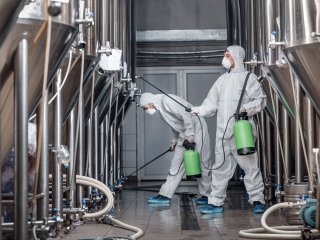
Sanitizers and disinfectants
Antimicrobial products kill or slow the spread of microorganisms. These include bacteria, fungi and viruses. Types of antimicrobials commonly used in the fresh industry are sanitizers and disinfectants. Sanitizers reduce bacteria on surfaces. If using sanitizer, this should be rinsed with clean water. Disinfectants kills or prevent the growth of bacteria and fungi, some disinfectants target viruses. An example of a common disinfecting agent is chlorine. Labels indicate how a sanitizer or disinfectant can be used and whether allowed for use on food-contact surfaces. Always follow these label instructions.
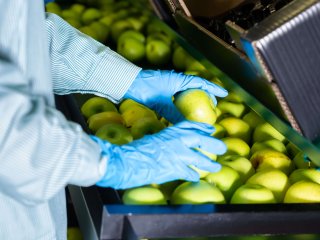
Sorting and grading
The sorting, grading and packing lines can also be a source of cross-contamination. This is the the transfer of microorganism from contaminated product to clean product. Cross contamination should be prevented. Products that are visible contaminated with animal (bird) faeces, decayed/damaged, or extremely dirty are sourcs of microorganisms. These products should be discarded in advance before entry on the sorting line.

Dump tank
Fresh products often undergo a washing step in the packhouse. The used dump tanks and flume systems possess risks of cross-contamination. Therefore, visible contaminated products must be removed before the wash. Controlling microbes in the dump tank deserves close attention. Keep the wash water as clean a possible. Methods include frequent water changes and filtration to remove debris. The soil and organic matter that comes with the fresh products can bind to and inactivate chlorine. Therefore, antimicrobial levels in the water must be monitored frequently. If using chlorine-based antimicrobial, the pH should be monitored as, the antimicrobial working is highly pH dependent.
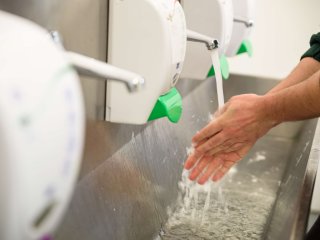
Personal hygiene
You can spread bacteria from yourself to the fresh products. Good personal hygiene can prevent food poisoning. So take hygiene seriously. Some personal hygiene rules for the working environment are: Wash and dry your hands thoroughly and frequently before and during work, wear a hairnet, change disposable gloves regularly, don't handle food if you feel unwell, wear clean clothing, completely cover all cuts and wounds (and wear disposable gloves if you have wounds on your hands), and never smoke.
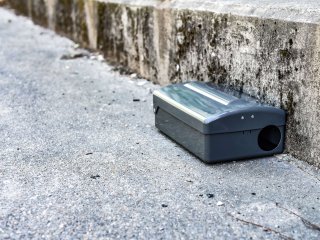
Pests
The presence of pests (animal, birds, insects) in the packhouse should be prevented. Some of the measures are: keep sites clean, avoid tall grass, drains should be kept clean and blocked by wire to prevent entry of rodents, prevent birds from entering buildings by using netting. Products with animal intrusion or animal excreta must be discarded.